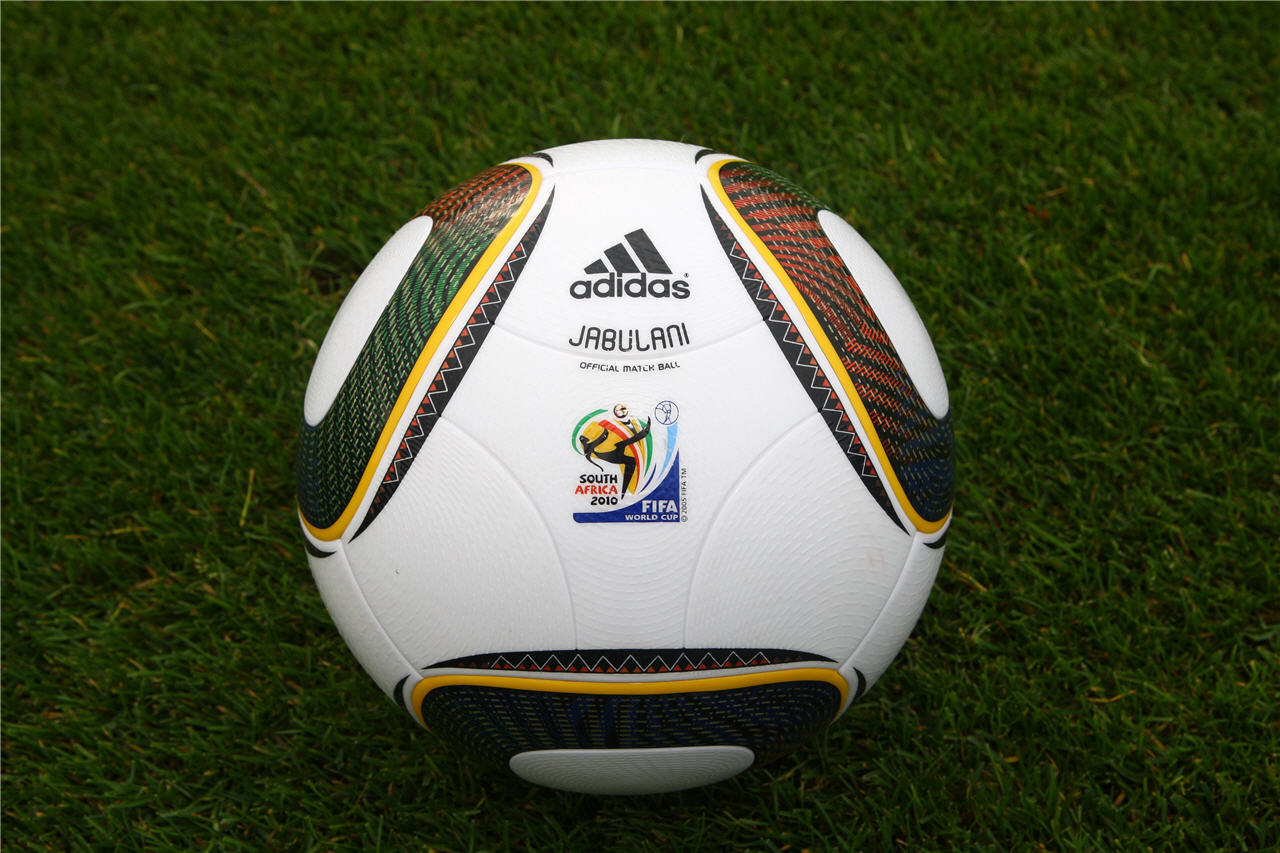The Jubulani ball, a revolutionary creation in the world of soccer, has sparked discussions and debates among fans, players, and experts alike. Released in 2010 for the FIFA World Cup in South Africa, this ball was not just another piece of sports equipment; it became a symbol of innovation and controversy. Its unique design and technology aimed to enhance the performance and experience of the game, but it also faced its fair share of criticism.
As the world’s attention turned to the grand stage of the World Cup, the Jubulani was at the forefront. This ball was distinct not only for its design but also for its performance characteristics, which were touted as groundbreaking. However, many players claimed it was difficult to control, leading to a divide between supporters and detractors. The Jubulani's legacy continues to provoke discussions about the intersection of technology and sport, making it a centerpiece of soccer history.
In this article, we will delve into the intricacies of the Jubulani, exploring its design, impact on the game, and the controversies surrounding it. From its inception to its place in soccer history, the Jubulani offers a fascinating look at how a single object can influence a global sport. Join us as we unravel the story behind this iconic ball and its lasting effects on soccer.
What Makes the Jubulani Unique?
The Jubulani ball was designed with several innovative features that set it apart from its predecessors. Some of the key aspects include:
- Design: The Jubulani featured a unique 8-panel construction, which was a departure from the traditional 32-panel design seen in most soccer balls.
- Technology: It utilized advanced technology to improve aerodynamics, allowing for better flight stability.
- Materials: Made from high-quality synthetic materials, the Jubulani aimed to enhance durability and performance on the field.
- Color and Aesthetics: The vibrant colors and patterns of the Jubulani were designed to be visually striking, making it easily recognizable.
How Did the Jubulani Perform in the 2010 World Cup?
The 2010 World Cup was a platform where the Jubulani was put to the ultimate test. Players and teams from around the globe had to adapt to its unique characteristics. Here’s a look at its performance during the tournament:
- Initial Reactions: Many players expressed confusion and frustration with the ball right from the start of the tournament.
- Impact on Matches: Some matches saw unexpected goals and errors attributed to the ball's unpredictable behavior.
- Notable Incidents: The infamous long-range goals and blunders became a talking point, with the Jubulani often at the center of discussions.
What Did Players Say About the Jubulani?
Feedback from players regarding the Jubulani was mixed. Some praised its design, while others criticized its performance:
- Positive Feedback: A few players noted that the ball's flight and spin could be beneficial for skilled players.
- Negative Feedback: Many top players complained about its unpredictability and difficulty in controlling passes and shots.
Did the Jubulani Influence Goal Scoring?
One of the most significant impacts of the Jubulani during the World Cup was its influence on goal-scoring. The ball's unique characteristics led to:
- Surprising Goals: Several long-range shots found the back of the net, surprising both goalkeepers and fans.
- Increased Controversy: The unpredictability of the ball led to more discussions about goalkeeping errors and surprising outcomes.
What Are the Lasting Effects of the Jubulani?
The Jubulani's legacy continues to resonate in the soccer world. Its introduction prompted discussions about technology in sports and how it affects gameplay. Some of the lasting effects include:
- Increased Scrutiny: The feedback on the Jubulani led to a re-evaluation of how soccer balls are designed and tested.
- Technological Advancements: Manufacturers began to explore new materials and designs to create better-performing balls.
- Continued Debate: The Jubulani remains a point of debate among fans and players about the balance between technology and traditional play.
How Did the Jubulani Change Soccer Ball Design?
Following the Jubulani’s controversial debut, manufacturers took note of the feedback and began to innovate further in ball design. Key changes included:
- Panel Construction: A return to more traditional panel designs that offered better control.
- Material Improvements: A focus on materials that provide better grip and feel for players.
What Can We Learn from the Jubulani Experience?
The journey of the Jubulani offers valuable lessons for the future of sports equipment. These lessons include:
- Player Input Matters: It highlights the importance of incorporating player feedback in product development.
- Testing is Crucial: Extensive tests under varying conditions are essential before a product's launch.
Conclusion: The Legacy of the Jubulani
The Jubulani will forever be remembered as a pivotal moment in soccer history. Its blend of innovation, criticism, and performance challenges opened up discussions about the future of soccer equipment. While it may have faced backlash from many players, it undeniably changed how we view the intersection of technology and the beautiful game. As we continue to evolve in sports, the lessons learned from the Jubulani will remain relevant in shaping the next generation of soccer balls.




